Just riffing on Sheila Kennedy’s blog post about that WSJ column that criticized Dr. Jill Biden’s use of the title “Dr.” I didn’t read the column – because when’s the last time I found something useful in the Wall Street Journal opinion pages? but I heard about it because my wife definitely recognized the sexism at the root of the column. (Short version – as I understand it – she shouldn’t go by “doctor” because she holds a Ph.D. instead of an MD. Which is nonsense.)
Anyway, it made me think of a more or less conscious decision I made at some point to go by “Doug” in my professional career as often as I can. There are some pretentious gasbags in the legal profession (but not as many as you might think), and I didn’t want to be lumped in with them. Mr. Douglas J. Masson, Esq., JD or whatever, just isn’t my style. And, I kind of roll my eyes when someone has an email signature with a bunch of letters indicating certifications and credentials appended to the end. I’m glad you have expertise that will inform your work, but I’m going to have to see the expertise in action. The credentials themselves are not going to impress me. I’ve never been one to be awed by people with a lot of education or to conclude someone isn’t smart for lack of an education. (The “aww shucks” farmers will often fleece you faster than the guy with the MBA.)
That said, over the years I’ve become more aware that my ability to pull off the “just Doug” thing as a professional is something that, to a certain extent, comes from a place of privilege. Almost everything about me conforms to traditional notions of what it means to be a professional: I’m an upper middle-class educated white male with a neutral accent and (pre-COVID) often dressed in a coat and tie. I can be slightly transgressive by using my first name with no credentials because that’s not going to stop anyone from taking me seriously. (And, I guess for the few who will treat me dismissively on account of not putting on airs, I’m happy enough that they won’t see me coming.) When I was a college student, I was a work-study employee in one of the departments, and there was a professor who — at the time — struck me as being a little more insistent than everyone else about making sure everyone called her by her title. I generally went out of my way to call everyone Mr., Mrs., Dr., Professor, or whatever was appropriate just as a matter of course. But seeing her correct others on a few occasions was, nevertheless, a little off-putting. What I had no appreciation of at the time was the context in which she was doing this. I’m sure she had to fight a little harder for respect than the men in her field.
I don’t have a huge point to make here. Just noting a bit of the cultural context in which the discussion of titles is taking place.
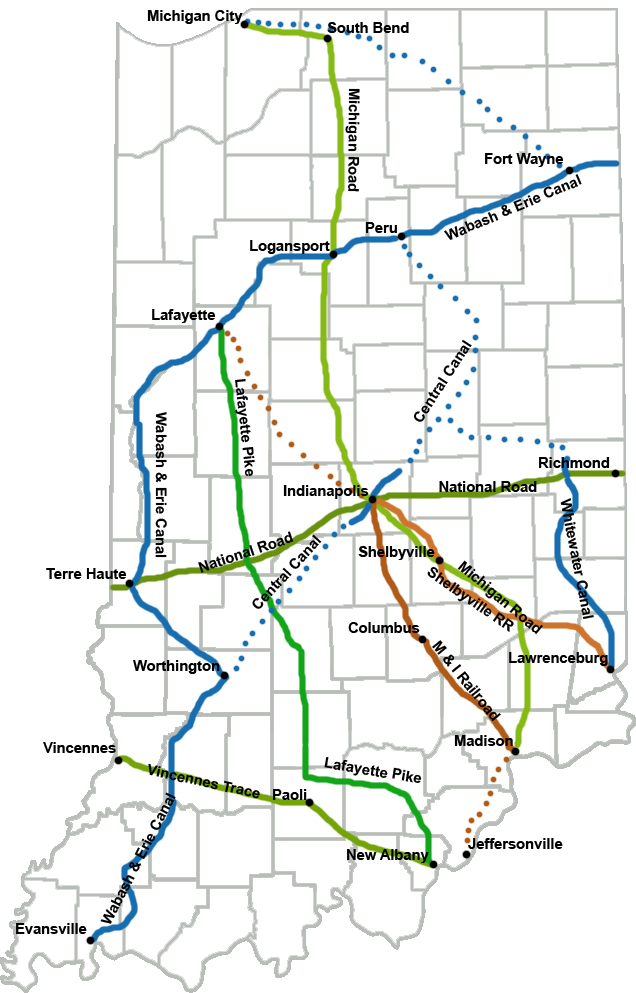
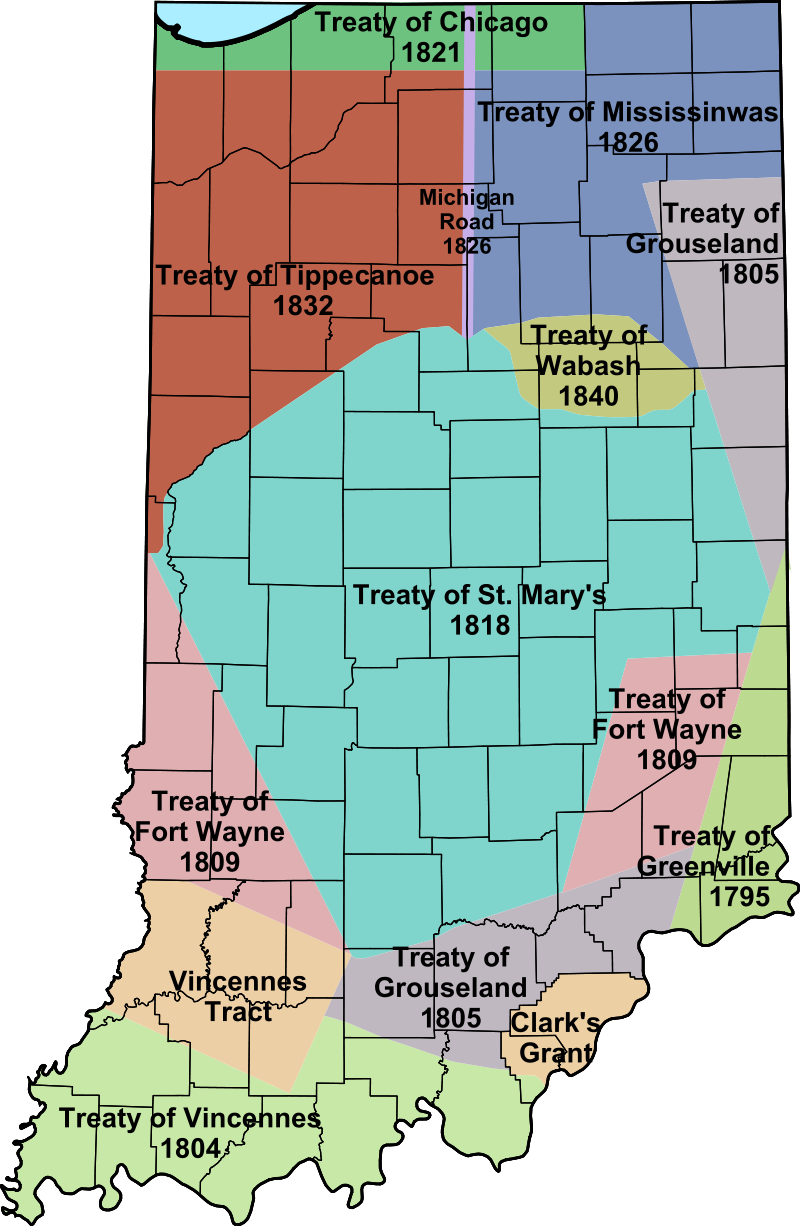
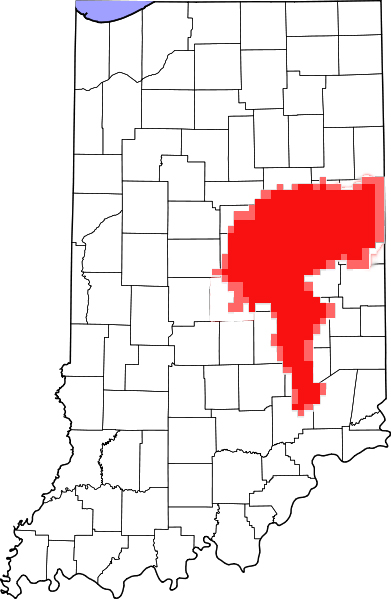
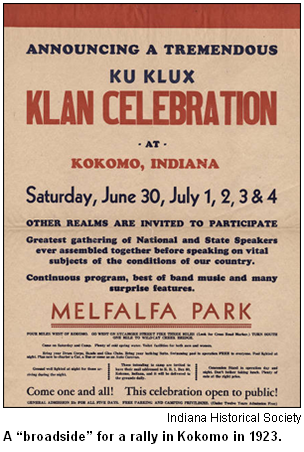
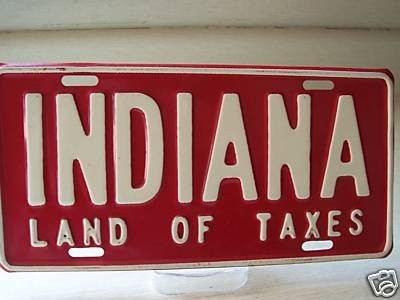
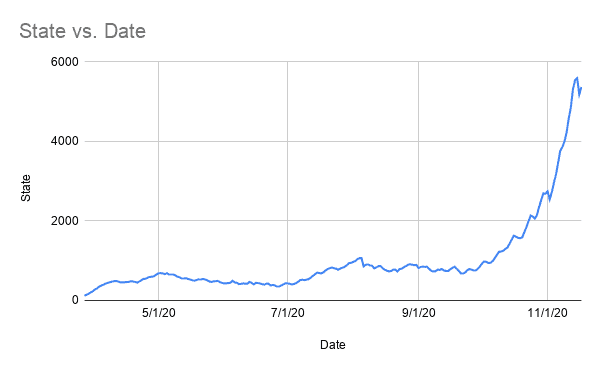
Turns out that “those guys over there” were liberals rather than foreigners and, rather than starving, it was more a combination of racism, economic uncertainty, and eroding social status. Still and all, infrastructure would have been a good place to spend money.